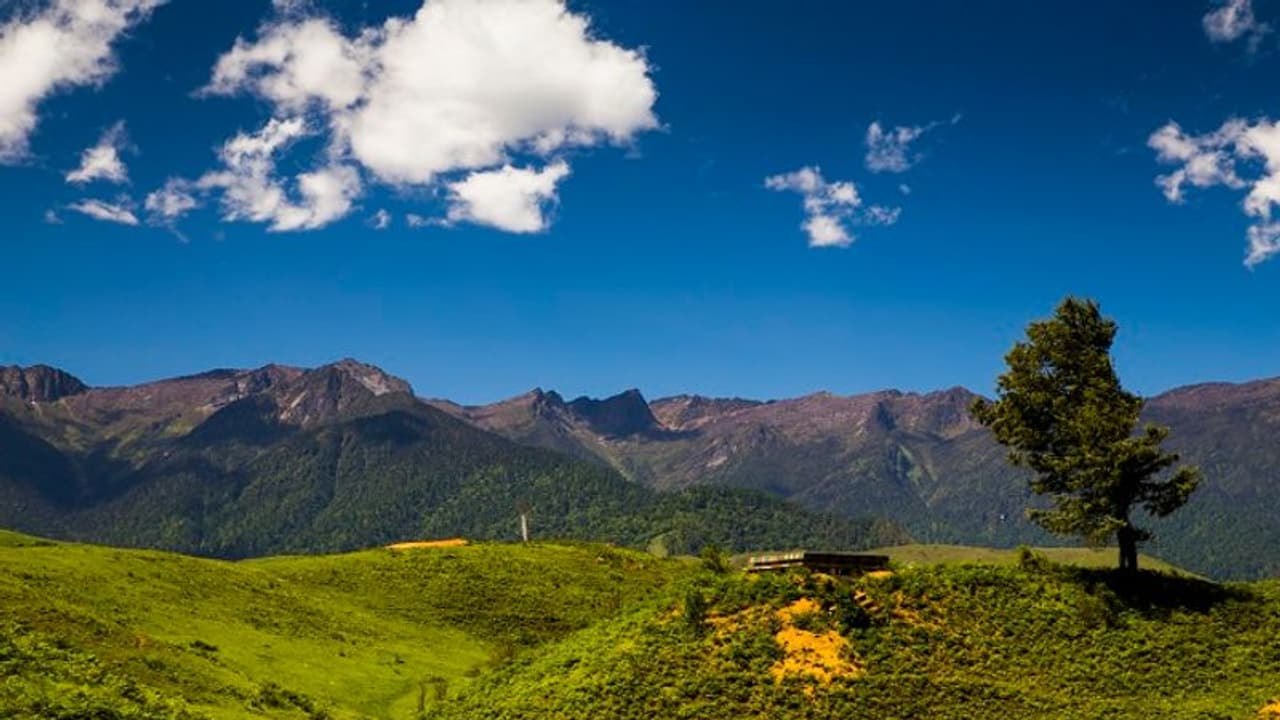Foreign Secretary Vinay Kwatra elucidated that in their exchange, President Xi Jinping was made aware by Prime Minister Modi about India's ongoing concerns regarding unresolved matters along the Line of Actual Control (LAC) in the Western Sector of the India-China border regions.
China has recently unveiled its "standard map" for the year 2023, marking its territorial claims by incorporating disputed regions such as Arunachal Pradesh and Aksai Chin. The map, released on August 28, asserts China's jurisdiction over Arunachal Pradesh, which it refers to as South Tibet, and Aksai Chin, a region it occupied during the 1962 conflict. This move has further heightened tensions, as the map also encompasses Taiwan and the disputed South China Sea within Chinese territory.

Notably, the map also asserts China's infamous nine-dash line, a claim that extends its control over a significant portion of the South China Sea. This expansive assertion directly conflicts with the territorial claims of Vietnam, the Philippines, Malaysia, and Brunei over various parts of the South China Sea.
Rahul Gandhi's five-day Europe visit in September coincides with G20 Summit in Delhi; check details
The unveiling of the map occurred during China's celebration of Surveying and Mapping Publicity Day and the National Mapping Awareness Publicity Week on Monday in Deqing county, Zhejiang province. The map's inclusion of contested territories and its reaffirmation of China's expansive territorial claims have fueled concerns and increased tensions in the region.
During the recent BRICS Summit held in Johannesburg, South Africa, Prime Minister Narendra Modi and Xi Jinping engaged in a discussion on key issues.
Foreign Secretary Vinay Kwatra elucidated that in their exchange, President Xi Jinping was made aware by Prime Minister Modi about India's ongoing concerns regarding unresolved matters along the Line of Actual Control (LAC) in the Western Sector of the India-China border regions.
Article 35A took away key fundamental rights, observes CJI DY Chandrachud
The Indian Prime Minister emphasized that the preservation of peace and tranquillity in the border regions, along with mutual respect for the LAC, serve as critical elements for the normalization of the India-China relationship. To achieve this objective, the leaders agreed to instruct their respective officials to intensify efforts towards achieving swift disengagement and de-escalation, as highlighted by Kwatra.
In the context of China's perspective, Wu Wenzhong, the chief planner of China's Ministry of Natural Resources, highlighted the crucial role that surveying, mapping, and geographic information play in advancing the nation's development. These components not only cater to various sectors but also support natural resource management and contribute to ecological and civilizational construction.
Earlier, the official spokesperson for the Ministry of External Affairs (MEA) Arindam Bagchi addressed China's recent display of dominance over regions within India's Arunachal Pradesh. Bagchi firmly stated, "This is not the first instance of such actions by China, and we have already denounced such attempts. Our stance on Arunachal Pradesh is clear – it is an integral part of India. Any attempt to introduce fabricated names does not alter the actual situation."
